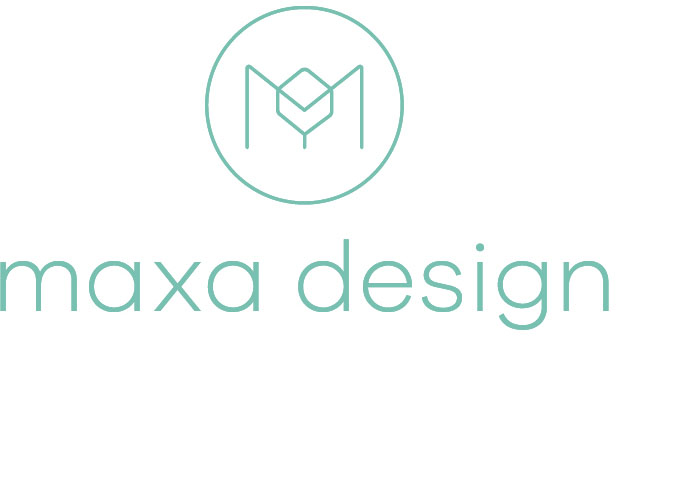Sustainable Home design -
Eco home
There are many ways to design a sustainable house and how far along or in which direction you want to go through this journey is entirely up to you. Our job is to show you the options and to help you choose which ones are right for your project. For us, low impact housing is about creating homes that are not only energy efficient or Passive House but also take into consideration the whole home and the life cycle of the materials within it.
While a ESD (environmentally sustainable design) home is also an energy efficient home, the two can be mutually exclusive, meaning that a Passive House with fully imported building materials and little attention to water and waste management, for example, isn’t necessarily very sustainable. In our practice we strike a balance between the two. In our view sustainable homes also connect with their landscape allowing inhabitants to enjoy the outdoors, their environment, through increased indoor-outdoor living opportunities.
Do sustainable home designs cost more?
This depends on how far along the journey you want to go but one of the most important things to remember is that investing upfront saves over the long term, financially and environmentally. A well designed eco home with great zoning, passive solar design, and efficient appliances and material use costs less on bills for years and years and years.
Another important consideration for cost is size. A smaller (i.e. reduced) footprint is always going to be more sustainable and cost less than a “standard” home. Smaller homes require fewer materials to construct, less energy to run and maintain, and less water with fewer bathrooms.
How does a sustainable home design benefit me?
Where consideration is given to sustainability in design, you enjoy:
- a comfortable home that specifically meets your needs
- maximisation of natural light
- low impact on the environment and a smaller carbon footprint
- lower energy bills
- a healthy (low or zero VOC) indoor air quality
- improved sound proofing
What sustainable home initiatives do you encourage?
Alongside design for energy efficiency, sustainable home design initiatives can include:
- considering the size of your home. Size matters
- using sustainably sourced and manufactured materials
- using ethically manufactured materials
- prioritising local products where possible to reduce transportation
- specifying low VOC and healthy paints, finishes and building materials
- water tanks and greywater and black wastewater harvesting and reuse systems
- selecting size-appropriate appliances
- selecting water and energy efficient appliances and fixtures
- prioritising low energy heating and cooling systems such as ceiling fans
- reducing building material use and wastage where possible
- prefabrication to reduce site wastage
- minimising site disturbance (saving costs and improving environmental outcomes)
- natural construction materials
- efficient hot water generation
- adaptable housing to suit future requirements, such as ageing in place/Livable Housing
- multi-generational design outcomes: independent, yet connected, living for family and friends.
Our home designs can use prefabricated, modular building systems to reduce build time and ensure a superbly sealed building envelope (increasing energy efficiency and sustainability). Prefab homes can also cost less through reducing the time spent on site, less waste, and through their streamlined construction methods. Maxa Design projects built using prefab include Tootgarook, Heathmont and Brisbane.
Other initiatives that can apply to your sustainable house design include reusing or “down-cycling” building materials. Heavy mass materials like bricks can be cleaned and reused; concrete can be crushed and reused instead of trucking in quarried rocks and gravels; and old hardwood framing when it’s de-nailed and machined can be transformed into striking new bookshelves or cabinets. Whatever we can’t salvage and reuse in a renovation, we can send off to be recycled. We can also purchase recycled materials to keep the history of another old building alive. It takes imagination and a little extra “elbow grease” to bring these projects to life, but our team and the builders we work with are experienced at working with recycled building materials.
Contact us to discuss your sustainable home design requirements.

